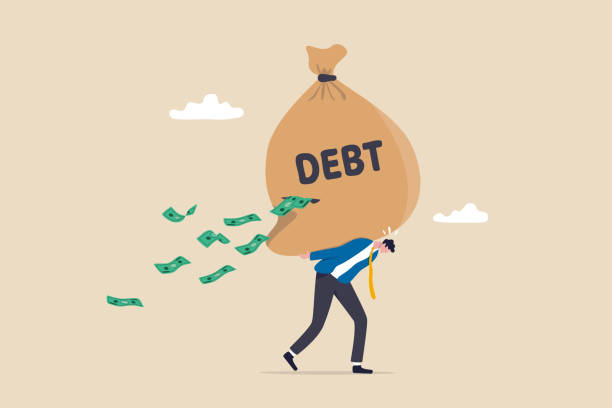Nigeria has a huge population. Current estimates put it in the region of 210 million. This is a huge number. There is no prize for guessing that this number of people will produce humongous amounts of waste.
The challenge is how prepared are the managers of the economy to deal with the sheer volume of waste generated and ensure effective disposal.
Now, if you have ever wondered why drains are always blocked, dumpsites are created indiscriminately and pollution is the order of the day in many cities across the country, wonder no more. The answer is simply – People. People. People.
This is the heart of the problem – a large number of people generating large volumes of waste without a discernable plan for proper disposal.
One thing is clear, Nigeria lacks a proper waste management system. Experts argue that the real problem is a large amount of ‘single-use’ items and products which effectively creates a linear economic model.
The linear economic model involves “take, make, use and dispose of”. Under this model items once used need to be disposed of and they subsequently end up in landfills and waste sites. Fun fact, the largest open waste site in Africa is situated in Nigeria, in Olusosun, Ojota, Lagos State.
And with the population expected to hit 400 million by 2050, according to the United Nations Population Fund, UNFPA, the quantity of waste generated annually is projected to continue to increase substantially.
Translation: unless we have a system in place, it is only going to get worse.
Describing the Nigerian economy as linear means that when raw materials are used to make products, once the item is used, it automatically becomes a waste product and is quickly thrown away.
The linear model is defined as the traditional model where raw materials are collected and transformed into products that consumers use and discard as waste, with no concern for their ecological footprint and consequences.
Of course, the indiscriminate dumping and burning of waste harm the environment. It pollutes the environment, degrades the quality of air, water and soil and contributes to climate change challenges. It equally affects the health of people, impacting productivity and economic development.
In seeking to effectively control the waste management problem, adopting global best practices in this space makes sense.
The current trend is shifting from mere waste management to wealth creation, economic development and an improved environment. This is the emergence of the circular economy.
First off, the circular economy grew out of the urgent desire to curtail waste and drive the reuse of materials and waste to create economic value.
A practical instance is where waste paper is used to make new paper and discarded plastic containers are used to make new plastic materials and other useful items for construction. The potential here is humongous. It guarantees that there will be enough raw materials in the immediate future to continue to produce these items. This is precisely what the circular economy is all about.
Under the circular economy, production has as little impact as possible on the environment by leaving less of a footprint. To make it sustainable, it must follow these three principles: reduce, reuse and recycle. The principles are three approaches – reduce (minimize the quantity of resource use); reuse (optimized resource use) and recycle (turnaround and put the resource to use again).
There are several ways to achieve this. Experts insist that with this system, value is created by focusing on value preservation.
The circular economy can almost be viewed as the opposite of a linear economy. It focuses on optimizing the use of a product or service, a concept that is relevant to economic sustainability.
The circular economic model can help promote and achieve environmental awareness, reduce the indiscriminate dumping of refuse and create wealth-making opportunities for the citizens.
The circular economic model benefits the citizens, the economy and the environment. It ensures that there are enough raw materials, promotes production efficiency and stimulates economic growth.
The real issue is how to ensure that the circular economy works for Nigeria’s 210 million people. When we consider the principles on which it is based – the circular economy can present innovative ways to recycle products and materials for the future. This can help to conserve the environment, combat climate change and generate endless job opportunities. Perhaps the biggest advantage the circular economy offers is the waste-to-wealth path for sustainable economic growth.












+ There are no comments
Add yours